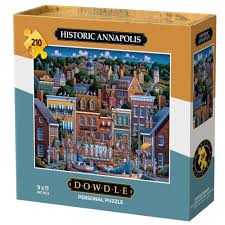Annapolis: A Glimpse into Maryland’s Historic Capital

Introduction
Annapolis, the capital of Maryland, holds a significant place in American history, renowned for its stunning waterfront, colonial architecture, and as the home of the United States Naval Academy. With a population of approximately 39,000, this city combines the charm of a small town with the rich legacy of a state capital, making it an important cultural and economic hub.
Historical Significance
The history of Annapolis dates back to its establishment in 1649, initially called “London Town.” It served as the early capital of Maryland, and between 1783 and 1784, it became the temporary capital of the United States. The Maryland State House, built in 1779, is a focal point of the city and was the site of the signing of the Treaty of Paris, which officially ended the Revolutionary War.
Current Events and Cultural Highlights
Today, Annapolis not only attracts tourists with its historical sites but also hosts various events throughout the year. Most recently, the city celebrated its annual Sailor’s Circus, which showcases talented young sailors from the Naval Academy. Additionally, the Annapolis Film Festival, held every spring, has gained recognition for highlighting independent filmmakers and their works.
Furthermore, the city’s vibrant arts scene is on display at the Maryland Hall for the Creative Arts, which hosts exhibitions, concerts, and theatre performances year-round, enriching the cultural landscape of the area.
Economic Impact and Tourism
Tourism plays a pivotal role in Annapolis’s economy. The city sees millions of visitors each year, drawn to its historic sites, beautiful parks, and scenic Chesapeake Bay views. Recent investments in waterfront development projects have further enhanced tourism, leading to an increase in local businesses and job creation. According to the Maryland Office of Tourism, Annapolis is among the top destinations in the state, with retail and dining services thriving on the historic Main Street.
Conclusion
Annapolis stands out not only for its historical significance but also for its cultural vibrancy and economic prospects. As the city moves forward, it remains committed to preserving its rich heritage while adapting to modern-day needs. For residents and visitors alike, Annapolis continues to be a place where history and contemporary life coexist harmoniously, ensuring its relevance for generations to come.
